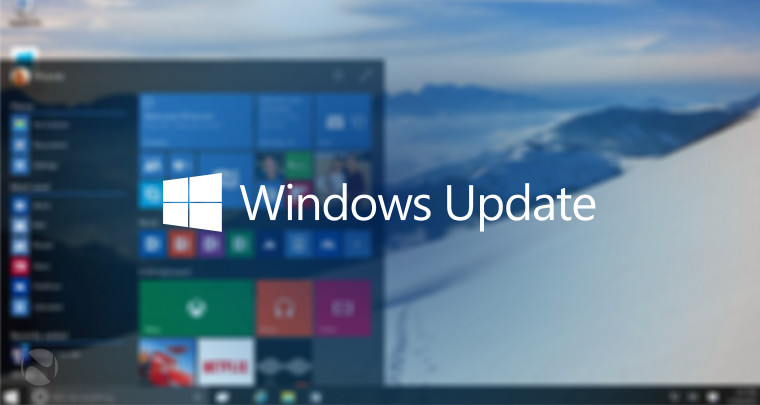
Keeping up with Windows updates can be difficult if not done properly. Microsoft provides a free tool called WSUS (Windows Server Update Services) which allows you to manage windows updates for an organization. Here is a quick breakdown of how you should approach keeping your computers up-to-date:
The first step is to install and set up a WSUS server to provide updates to your computers. WSUS downloads the updates and distributes them locally, saving bandwidth and resources. Configure the WSUS server to download updates for the Windows operating systems and Microsoft applications in your organization.
Next, using group policy or individual settings, point all your computers to the WSUS server for Windows updates. This registration process can take several days, but eventually, all your computers should appear listed on the server.
Plan out the deployment of your updates. Some organizations run several rings of computers. The first ring gets updates directly and comprises IT department computers and other test servers. If there are no issues at this stage, you push updates to the second ring, which is usually the majority of computers. The final ring consists of critical users and top management. This way by the time the third ring gets updates, you would have resolved all issues.
Windows 10 has a feature that allows each desktop to act as a distribution point for updates. Thr distribution of updates can speed up the process of update deployment but comes at the cost of disk space and performance for each computer.





